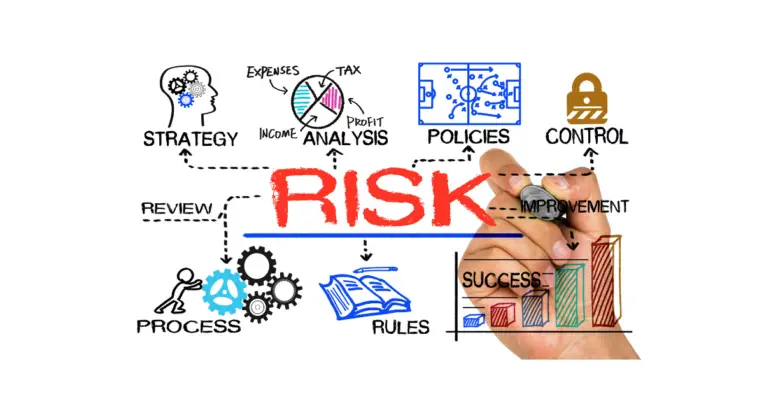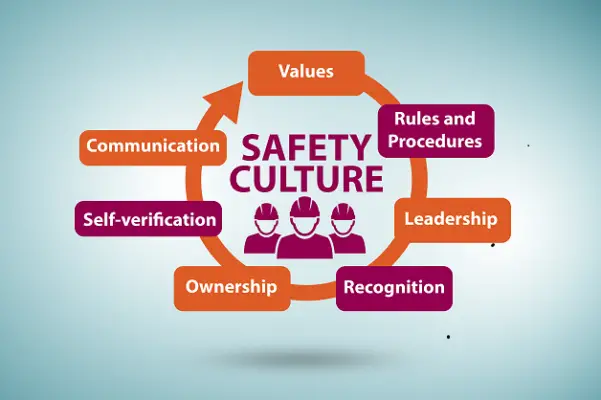Business resilience is the ability of an organization to rapidly adapt to changes and challenges in the marketplace and global economy. A resilient business is one that can quickly adapt and respond to unexpected events, such as natural disasters, market fluctuations, or technological disruptions. There are a number of best practices that can help organizations build business resilience, including …
–Developing a robust risk management program: A key element of business resilience is the ability to identify and manage risk. Organizations should develop a formal risk management program that includes processes for the identification, assessment, and mitigation of risks. The inclusion of a business continuity plan in the enterprise risk management framework is a competitive advantage.
–Creating a culture of preparedness: Employees should be aware of the importance of business continuity planning and be trained on how to respond to various types of disruptions. Furthermore, organizations should create a culture of preparedness by regularly testing their plans and procedures.
– Investing in Technology: Technology can play a vital role in enabling organizations to rapidly adapt to changes in the marketplace. For example, cloud-based technologies can provide an organization business resilience flexibility to quickly scale up or down their operations as needed.
The main business schools and managers’ practices tend primarily to manage performance. The Covid-19 pandemic is now a major indicator that leadership can be very resilient in the face of an ageing population and build their crisis management capability. At this time, the Covid-19 crisis became painfully clear that the supply chains were in a fragile state and business operations were affected.
Company leaders need to prepare for all dangerous situations and create a thorough plan to assist with emergency management. When you think about the unplanned event or emergency situation that has plagued you lately, you are right. Even changes to business models in today’s business world will be aligned with company culture.
Statistics show businesses face more risks and threats than they have previously. In other words, there are more cybersecurity attacks and more challenges in a rapidly evolving employment market and business model.
It’s no secret that businesses, both small and large, are always at risk of experiencing some form of disruption. Whether it be from a natural disaster or something more malicious, like a cyber attack, being resilient is key to maintaining operations in the face of any disruption.
While there is no one silver bullet for creating business resilience, there are certain practices that can help organizations better protect themselves against disruptions. In this blog post, we’ll take a look at some of the best practices for building resilience in your business.

Importance of Business Resilience
There are many benefits of being a resilient organization. Resilient businesses are typically more efficient and effective, as they are constantly looking for ways to improve and optimize their operations.
They are also better able to adapt to change and seize opportunities that arise from it. In addition, resilient businesses tend to have happier and more engaged employees, as they feel supported by their employer during times of change. Lastly, resilient businesses are better positioned to succeed in the long term, as they have the ability to weather setbacks and emerge stronger than before.
A robust governance framework provides guidance and direction on how to manage risk and respond to change. A culture of innovation and creativity fosters an environment that is open to new ideas and approaches. And strong leadership is essential for making decisions that will help the organization navigate through challenging times.
Business resilience is the capability of businesses that can cope with change and adapt to it and deal with emergencies and disruption while maintaining a business operation. Then you can recover quickly when a disaster can cause a significant loss or even move on. How is this possible in the real world? When a client encounters a crisis, the business needs the right Risk Management Solution.
Developing a Robust Risk Management Program
A robust risk management program is critical for any organization that wants to be prepared for the future. By identifying potential risks and developing plans to mitigate them, organizations can protect themselves from a wide range of threats. Here are four best practices for developing a robust risk management program:
- Conduct a thorough risk assessment: The first step in any risk management program is to identify potential risks. This can be done through a variety of methods, such as brainstorming sessions, interviews with stakeholders, and reviews of previous incidents.
- Develop mitigation plans: Once potential risks have been identified, it is important to develop plans to mitigate them. These plans should be tailored to the specific risks and should involve all relevant stakeholders.
- Test the plans: periodically test the mitigation plans to ensure that they are effective and up-to-date. Make sure all employees are aware of the plans and know what to do in an emergency.
- Implement controls: Once mitigation plans have been developed, it is important to implement controls to reduce the likelihood of risks occurring. This can include developing policies and procedures, training employees, and implementing technological controls.
- Monitor and review: It is important to regularly monitor the effectiveness of the risk management program and make changes as necessary. This can be done through regular audits, reviews of incidents, and feedback from employees.
- Develop business continuity plans to get a deeper understanding of critical business processes and prepare disaster recovery strategies and emergency planning procedures. Alternative suppliers for supply chain disruption will be identified. Especially in this coronavirus crisis.
Creating a culture of preparedness
A culture of preparedness is one in which individuals, families, companies, and communities are aware of the risks they face and have taken steps to minimize those risks. Preparedness requires a certain level of knowledge and skills, but it also requires a willingness to change our behaviour.
There are a number of ways to create a culture of preparedness. One is to raise awareness about the importance of preparedness. This can be done through public education campaigns, community events, and media coverage.
Another way to create a culture of preparedness is to engage individuals and families in planning and practices. This might involve developing family emergency plans, participating in community evacuation exercises, or taking first aid and CPR classes.
Finally, businesses and organizations can play a role in creating a culture of preparedness by developing continuity plans and implementing workplace safety procedures.
As the COVID-19 pandemic continues to spread, businesses around the world are facing unprecedented challenges. Many organizations are struggling to develop continuity plans and implement workplace safety procedures that will protect their employees and customers from the virus.
In order to develop an effective plan, businesses must first assess the risks associated with COVID-19 and identify the best ways to mitigate those risks. They must also develop policies and procedures for dealing with sick employees, customers, and suppliers.
Additionally, businesses need to create plans for how they will continue to operate if their employees are forced to work remotely or if their business is forced to close temporarily. Crisis management plans are developed to assist the corporate governance of the organisation.

Investing in Technology
Any business that wants to survive and thrive in today’s economy must make a significant investment in technology. There are a number of reasons for this. First, technology allows businesses to operate more efficiently and connect with customers in new and innovative ways.
Second, technology can help companies to protect their data and improve their cybersecurity. Finally, investing in technology can help businesses to be more agile and responsive to the ever-changing landscape of the business world. New risks coming out of technology and new capabilities will be an essential part of developing a business continuity plan.
Investing in artificial intelligence is another area that businesses can use to ensure resilient businesses.
Managing Human Element
Your people can represent your biggest asset in terms of business resiliency. Employees who don’t know how to handle emergencies can be at risk. So involving all employees in resilience plans is essential for getting total support. Including employees, and other stakeholders is incredibly important to your company and ensures business resilience.
Communication is key
A clear communication plan will provide the foundation for a successful, resilient organisation. Nobody should do anything that isn’t required to do it. This applies to daily activities or emergencies, so you need reliable communication channels between employees of any organization.
It is much faster with a reliable mass notification system that supports multiple communication modes. You can reach anyone with the right communication system and be sure that the message has been received. Business continuity management systems can provide this mass notification of messages.

A foundation of flexibility
What makes us resilient to changing the situation is flexibility. The ability of disaster management can provide valuable insights on how to react when a situation arises. How can we deal with emergency situations? Can we disable systems crucial for our response? Your responses must be flexible to accommodate adaptation if needed.
If your employees usually contact you via email make it possible to use backup systems. Flexibility is vital when responding to a crisis.
Planning for all hazards
Resilient businesses can handle anything despite the fact that they have prepared the plans to deal with them or not. Incorporated into a holistic approach to emergency preparation involves evaluating your risk assessments and developing an emergency response plan that covers every element of a situation. In order to mitigate risk a risk management strategy must exist that minimizes the risks that occur.
Conclusion
The best way to protect your business from any potential disaster is by having a risk management program in place, fostering a culture of preparedness within your organization, and investing in the latest technology. By following these three simple steps, you can help ensure that your business is resilient in the face of any challenge. Have you put together a risk management plan for your company? If not, now is the time to start!
Chris Ekai is a Risk Management expert with over 10 years of experience in the field. He has a Master’s degree in Risk Management from University of Portsmouth and is a CPA and Finance professional. He currently works as a Content Manager at Risk Publishing, writing about Enterprise Risk Management, Business Continuity Management and Project Management.

